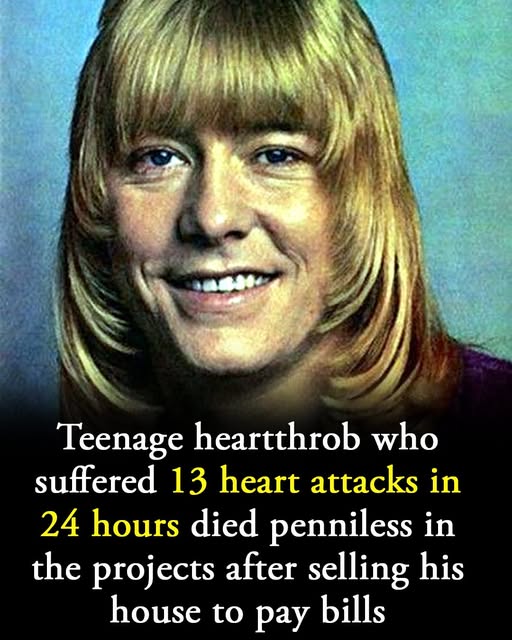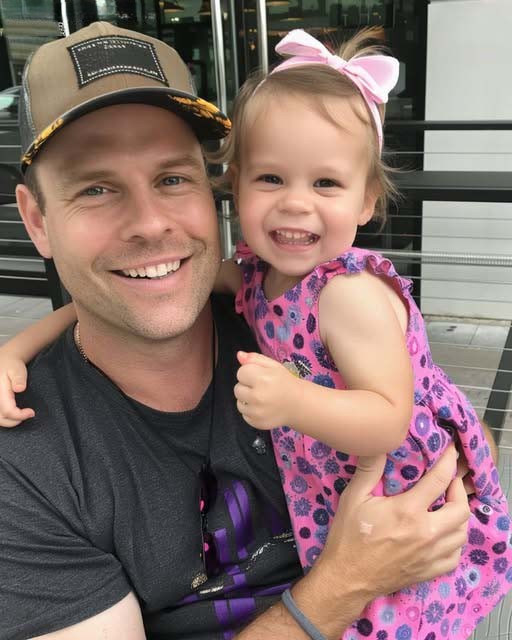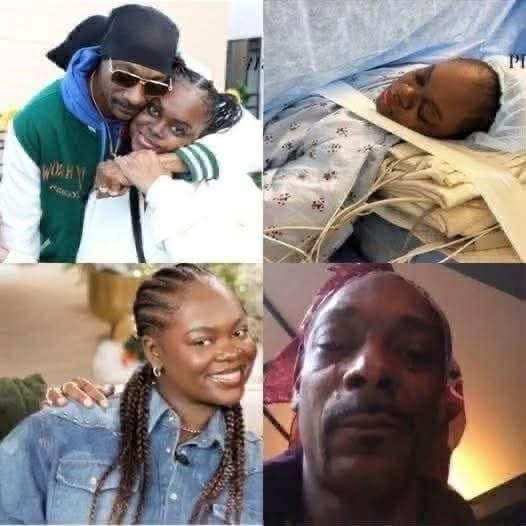Brian Connolly: the glitter, the grit, and the price of being Sweet
In the 1970s, few frontmen burned brighter than Brian Connolly. With slicked-back blond hair, a mischievous grin, and a voice made for detonating choruses, he led The Sweet through a global run of glam-rock anthems—most famously the adrenaline shot of “The Ballroom Blitz.”
The numbers were staggering: 50 million records sold, 39 worldwide hits, 13 UK Top-20 singles, and a No. 1 with “Block Buster!” Money poured in; so did adoration. For a while, it looked unstoppable.
From abandonment to the big time
Born in Scotland in 1945 as Brian MacManus, he was abandoned as an infant and raised by a nurse and her husband. His biological father was never identified; later in life he learned he was half-brother to actor Mark McManus (Taggart).
By the mid-1960s he was hustling on UK stages. Soon after, he co-founded The Sweet, becoming its face—charisma in front, Mick Tucker’s thunderous drums behind, riffs that bridged bubble-glam hooks and hard-rock heft. “Set Me Free” snarled; “Sweet F.A.” punched; “The Ballroom Blitz” exploded.
Guitarist Andy Scott later summed it up simply: “We moved into the millionaire status.”
Fame’s undertow
Behind the confetti, cracks formed. Alcohol crept in, and by 1979 Connolly left to go solo. “Gradually, it just got out of hand,” he admitted. The singles didn’t land.
By 1981 he was hospitalized with severe bloating and suffered multiple heart attacks, leaving partial paralysis on his left side that evolved into a chronic nervous-system condition. A massive tax bill followed; in 1983 he sold his house to cover it—just as a brief comeback opening for Pat Benatar hinted at redemption.
He kept touring anyway. In 1984 he returned to the road, fronting the New Sweet, later branded Brian Connolly’s Sweet, while Andy Scott led his own version. The pay was smaller, the dates rougher. A 1990 tour of Australia ended in hospital with dehydration. Courts and calendars kept grinding him down.
The long fade
A solo album, Let’s Go, arrived in 1995. That same year, his partner Jean gave birth to their son. In 1996 Channel 4 aired Don’t Leave Me This Way, a documentary where Connolly confronted the years of drinking, catalogued heart attacks (a dozen within weeks, he said; his ex-wife claimed 13 in 24 hours), and faced the camera with hands that shook and a once-mighty voice frayed.
His final show came December 5, 1996, at the Bristol Hippodrome with Slade II and John Rossall’s Glitter Band Experience. Just over eight weeks later—on February 9, 1997—Connolly died at Wexham Park Hospital of kidney and liver failure, compounded by multiple heart attacks. He was 51. Fans later raised money for a memorial plaque at Breakspear Crematorium.
What remains
Glam rock often gets remembered for glitter and guyliner. Connolly’s story reveals what lived beneath: a singer who clawed his way from abandonment to global stages, paid dearly for excess, and still tried to give audiences a show when his body said no.
Put on “The Ballroom Blitz” today and you can still hear it—that feral whoop, the wink, the charge. For a few minutes, the lights come up, the drums count in, and Brian Connolly is right there again—irresistible, incandescent, unforgettable.
And yet, there is another lesson. As Ibn ʿAta’illah once wrote, “Do not be deceived by the brightness of the lamp; look instead at the source of its light.” Fame’s dazzle can vanish; the heart’s truth remains. Connolly’s life reminds us that glitter fades, but what endures is sincerity, and the mercy of God who sees beyond the spotlights to the struggle within.




